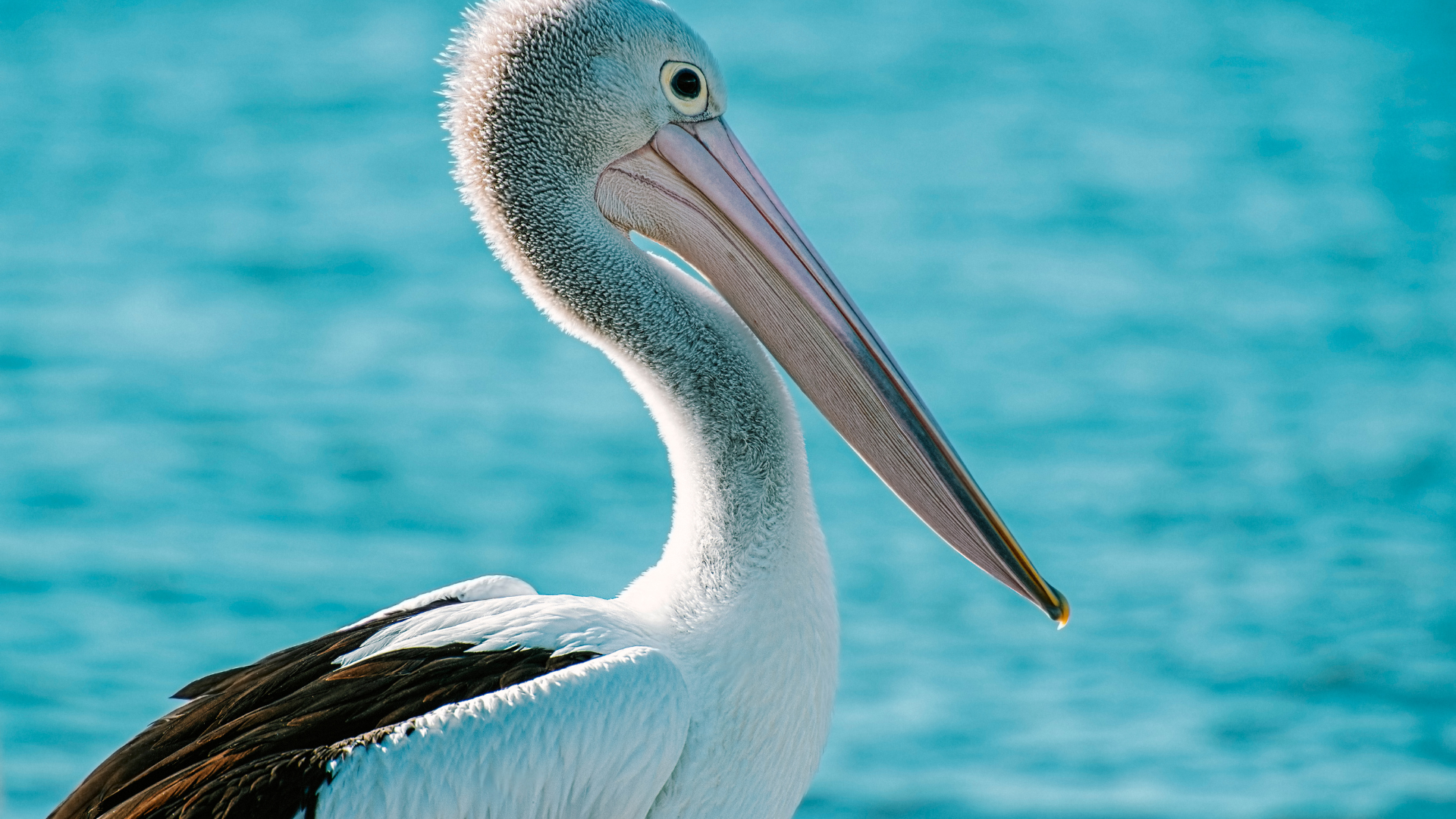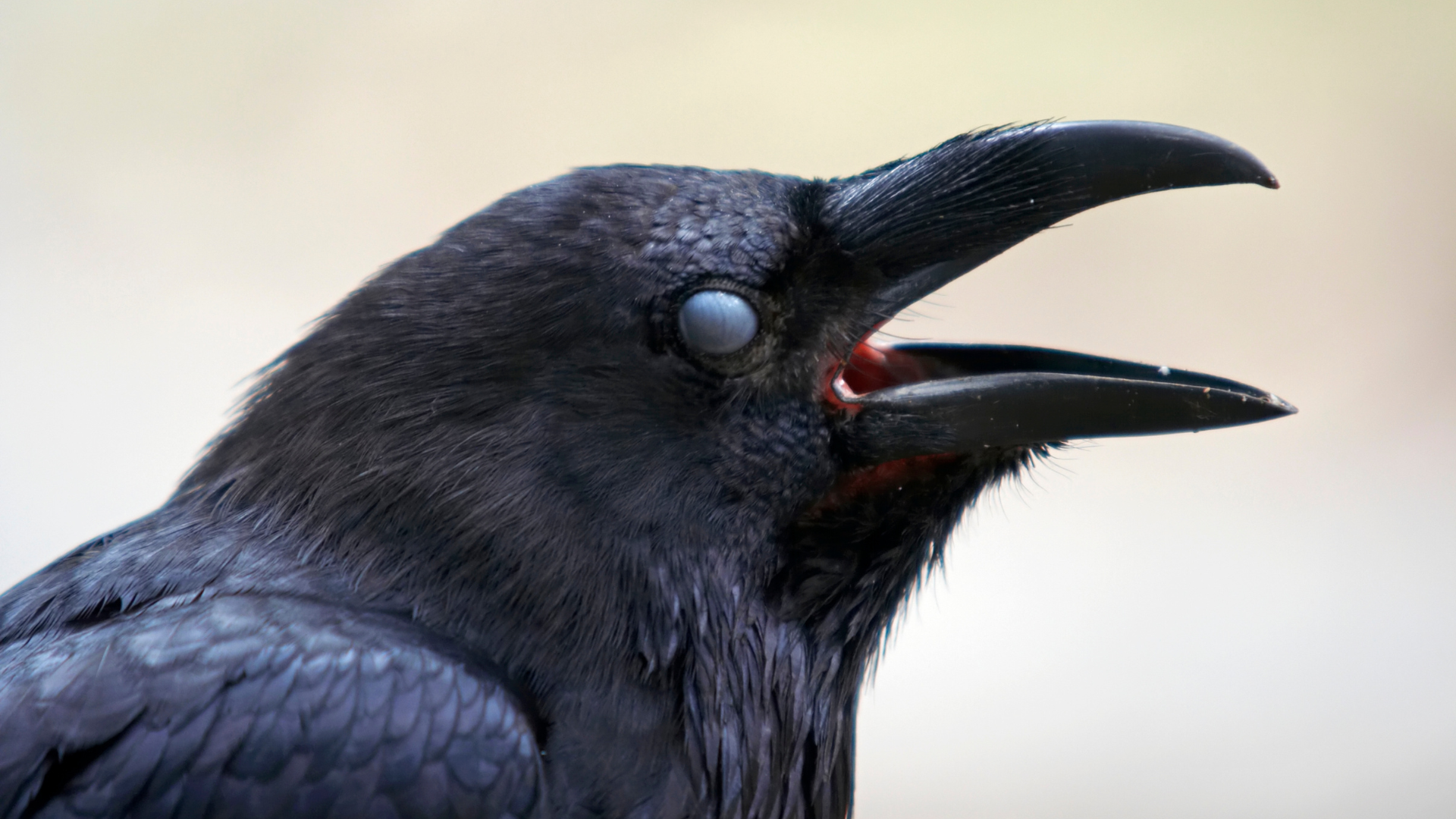The Australian pied cormorant, Phalacrocorax varius, is a familiar sight along the shores of Australasia. Known locally as the pied cormorant, pied shag, or great pied cormorant, it also carries the name kāruhiruhi in New Zealand, where it holds cultural significance.
Once referred to as the yellow-faced cormorant due to a subtle yellow patch near its eyes, this bird's black-and-white plumage contrasts sharply with the blue waters it frequents. Whether perched on rocky outcrops or gliding over coastal waters, the pied cormorant’s presence is a common and recognisable feature in these regions.
Description
Size
The Australian pied cormorant is a medium-sized bird, measuring between 65 and 85 cm in height. Its wingspan spans 110 to 130 cm, giving it a commanding presence in its habitat.
Plumage
Its plumage presents a dramatic contrast, with the back and upper wings cloaked in deep black while the underside remains pure white. This sharp two-tone coloration is a key feature of the species.
Distinct Features
A yellow patch between the bill and eye immediately draws the eye. The bird’s green eyes, encircled by a blue eye ring, enhance its vivid look. A large, hooked bill, along with black legs and webbed feet, equips the cormorant perfectly for its aquatic lifestyle.
Sexual Dimorphism
Males are slightly heavier than females, with males averaging around 2.2 kg and females about 1.7 kg. This weight difference, though subtle, is apparent when observed closely.
Habitat
Geographical Range
The Australian pied cormorant finds a home along the coastal regions of Australasia, spreading its wings across Australia and New Zealand. Its presence is common in these areas, marking it as a true coastal resident.
Preferred Environments
A variety of marine landscapes serve as the primary habitats for this bird. The cormorant also frequents inland waters, such as lakes, wetlands, and rivers. In New Zealand, the bird has a particular affinity for coastal zones, where food sources are abundant.
Population Trends
An expanding range along New Zealand’s east coast reflects the pied cormorant’s recovery. Recent observations suggest a positive shift, following past declines in numbers.
Diet
Primary Diet
The Australian pied cormorant primarily preys on benthic fish, typically ranging between 6 to 15 centimetres in length. These fish inhabit waters less than 10 metres deep, where the cormorant spends most of its hunting time.
Secondary Diet
Beyond fish, this cormorant's diet includes crustaceans such as prawns and shrimp, along with molluscs and cephalopods. These other prey items constitute about 10% of its overall diet.
Foraging Behavior
The cormorant dives into both shallow and deeper waters, adjusting its depth based on food availability. It usually remains submerged for about 40 seconds before surfacing to breathe. This methodical diving behaviour is key to capturing its preferred prey.
Behaviour
Nesting
Australian pied cormorants often choose to nest in small colonies near water, creating a sense of community within their environment. They construct their nests from sticks and foliage, returning to these sites twice a year. Perched on the ground or nestled in trees, their nests are easily visible to those who know where to look.
Mating Rituals
In their pursuit of a mate, male cormorants engage in elaborate displays. Wing-waving and gargling sounds form the heart of their courtship rituals, with the male showcasing his nesting abilities to potential partners. This performance plays a crucial role in attracting a mate.
Social Structure
These birds form lifelong monogamous bonds, sharing parental duties with dedication. Both parents participate in incubating the eggs and feeding the chicks, working in tandem until their offspring are ready to take to the skies.
Vocalizations
During the breeding season, their courtship calls—low, gargling sounds—are perhaps the only vocalisations you might hear from these otherwise quiet birds.
Conservation Status
IUCN Status
The Australian pied cormorant is currently classified as Least Concern on a global scale, but its status in New Zealand tells a different story, where it is considered Nationally Vulnerable.
Threats
These cormorants are increasingly vulnerable to the hazards of fishing activities. Entanglement in fishing lines poses a serious threat, and their struggle with commercial fishing for resources is an ongoing challenge. The birds frequently become ensnared in recreational fishing gear, amplifying the risks they face.
Conservation Efforts
The species has shown remarkable resilience, recovering from widespread persecution in the early 20th century. In New Zealand, systematic population monitoring plays a vital role in tracking their numbers and guiding conservation efforts. Continued attention is necessary to safeguard against emerging threats.
Fun Facts
Unique Traits
The Australian pied cormorant’s feathers defy convention—they aren’t waterproof. While this might seem like a disadvantage, it gives the bird an edge underwater. With reduced buoyancy, the cormorant can dive deeper, staying submerged longer to hunt for fish.
Cultural Significance
In Noongar culture, the pied cormorant is revered as a spiritual guide. It's believed to carry the souls of the deceased across the Western Sea, serving as a vital link between the living and the afterlife.
Behavioural Quirk
Watch for the pied cormorant's characteristic wing-spreading pose. After a dive, the bird often stands with wings outstretched, drying off in the breeze—a necessary ritual due to its non-waterproof plumage.
Similar Species
Black-Faced Cormorant
Smaller and subtler than the Australian pied cormorant, the black-faced cormorant mirrors its counterpart’s colour scheme but lacks the vivid yellow facial patch that defines the pied. This absence gives it a more understated look, making the two species easy to differentiate at a glance.
Little Pied Cormorant
Much smaller and compact, the little pied cormorant could easily be mistaken for a juvenile pied cormorant. However, its unique shape and differing coloration offer clues to its identity, setting it apart from the larger pied cormorant.
Human Interactions
Banding studies show Australian pied cormorants are loyal to their colonies, rarely venturing beyond a 20-kilometre radius. This habit allows scientists to monitor their movements closely, providing valuable insights into local population patterns and behavioural trends.
Historical Perception
Historically, fishermen viewed pied cormorants as competitors for fish, leading to their persecution. Over time, perspectives have evolved, and today, these birds are valued for their role in maintaining ecological balance.




